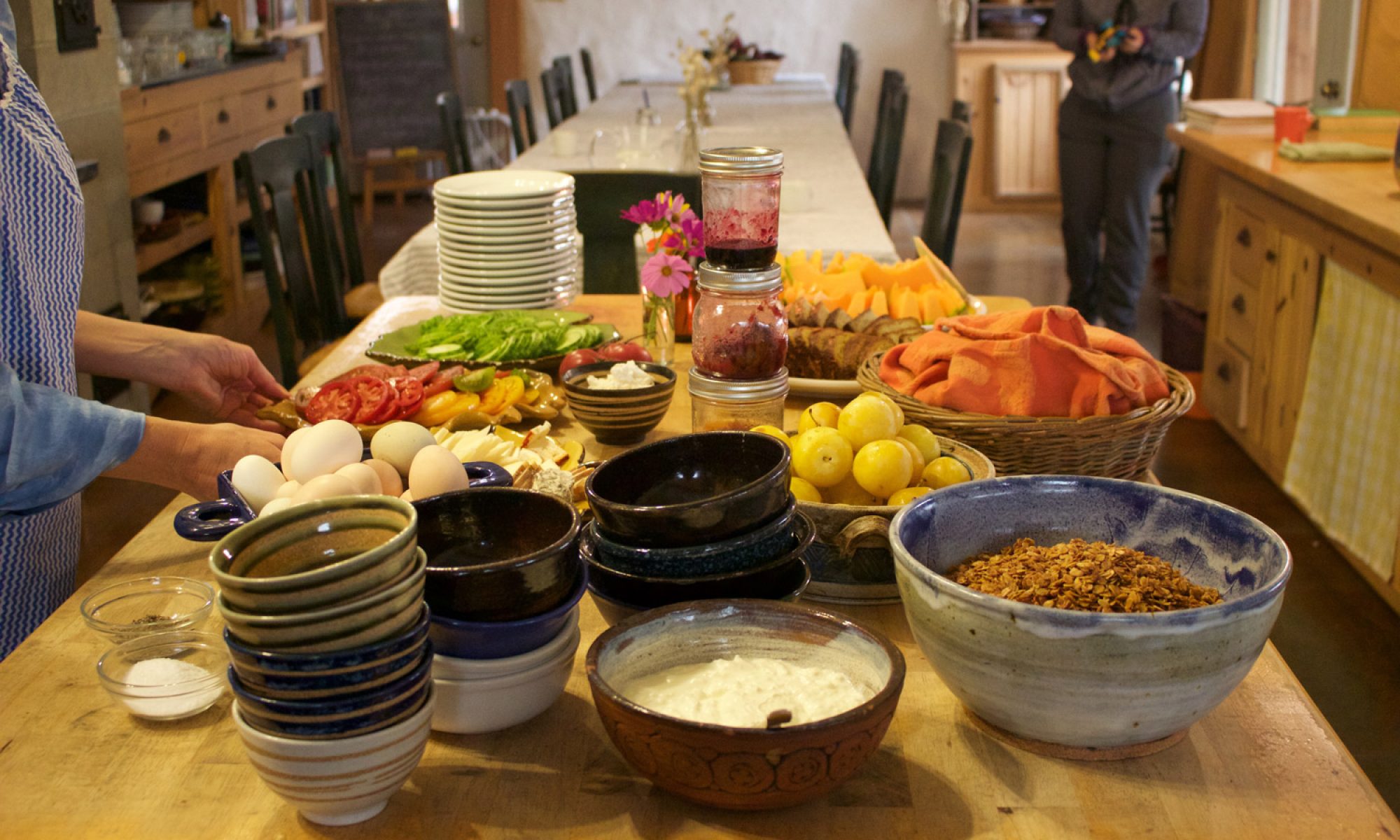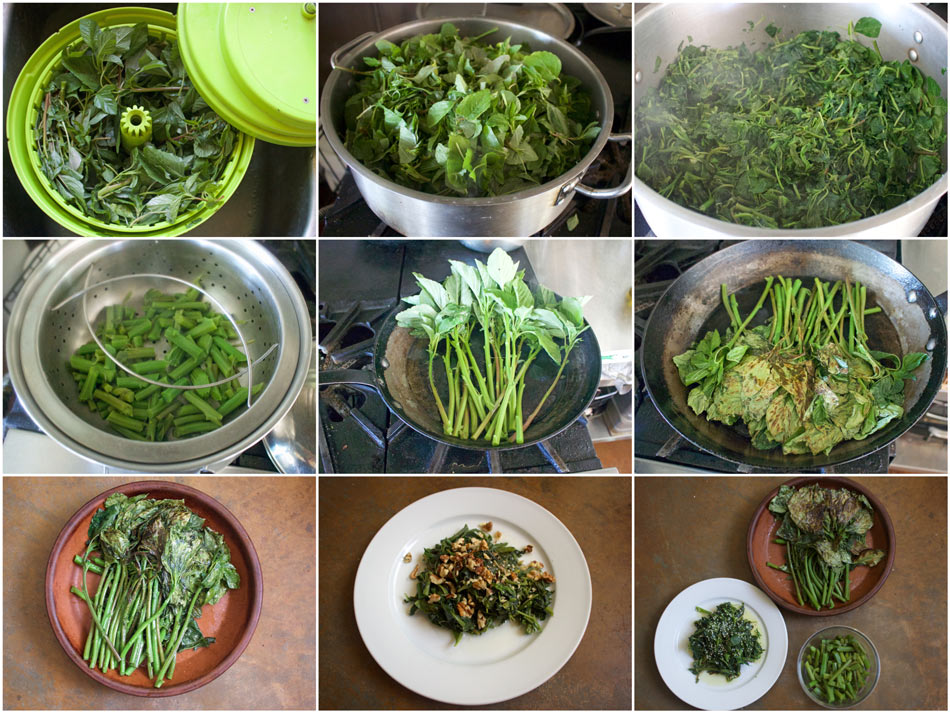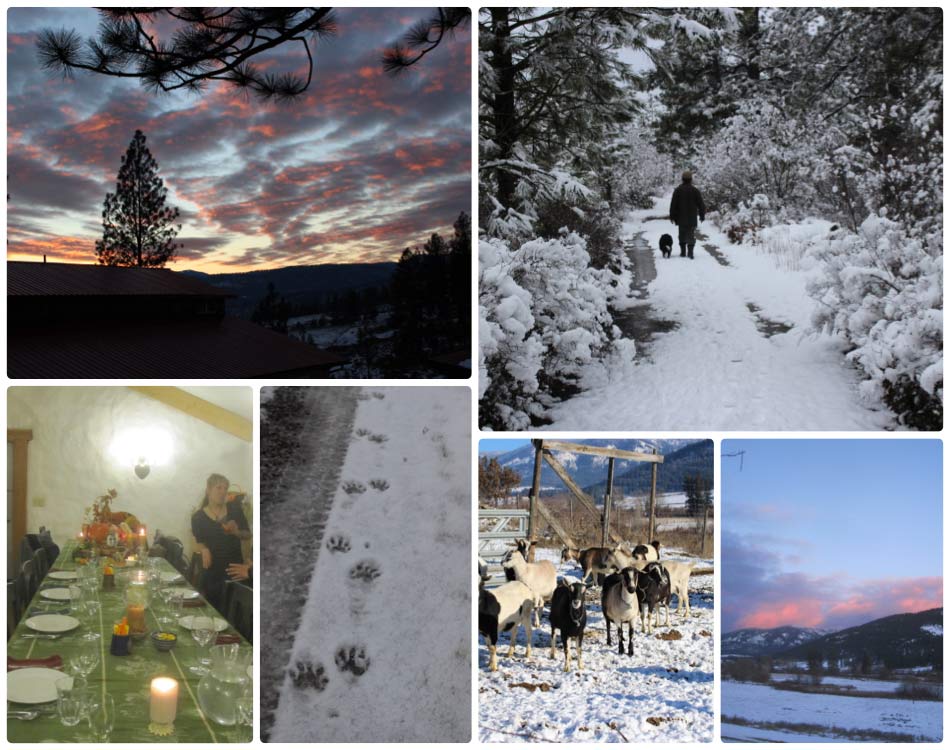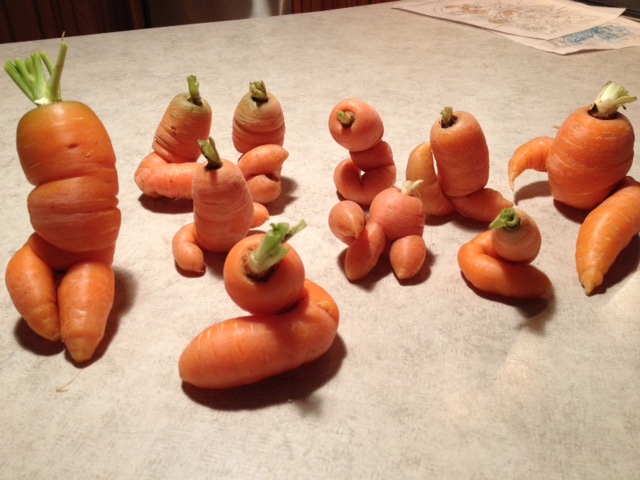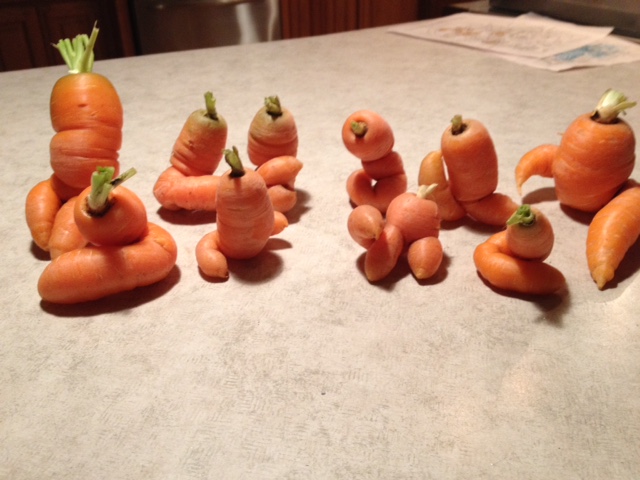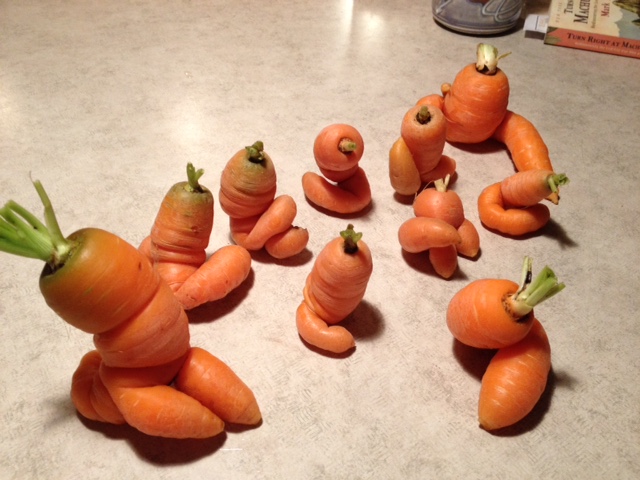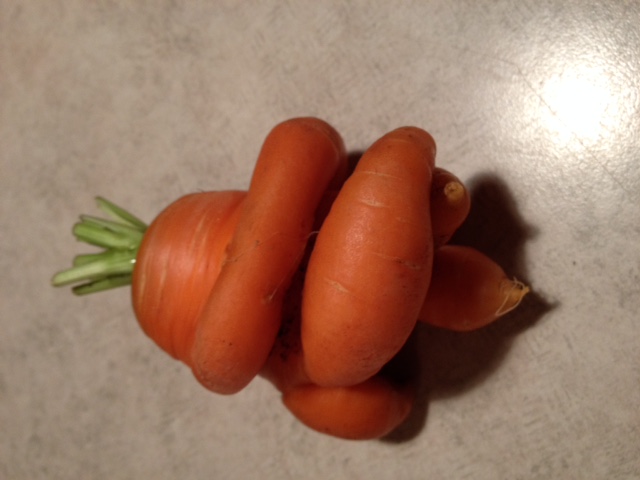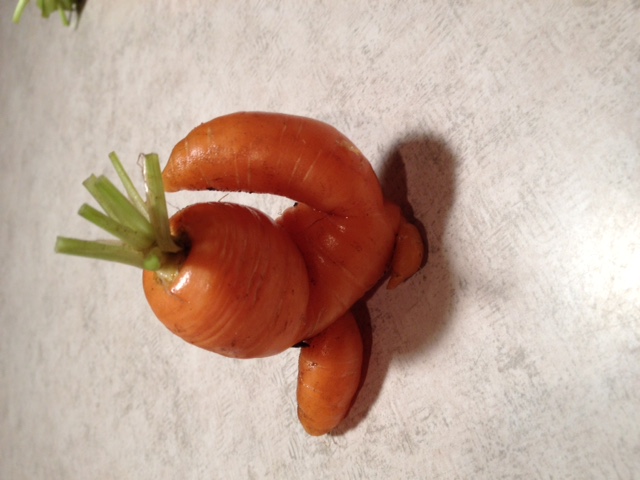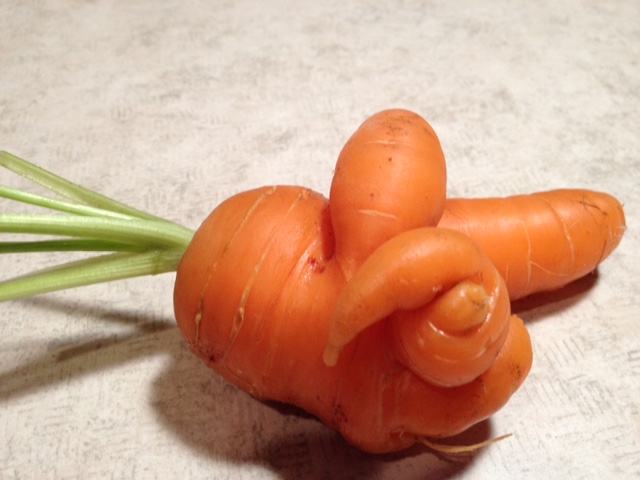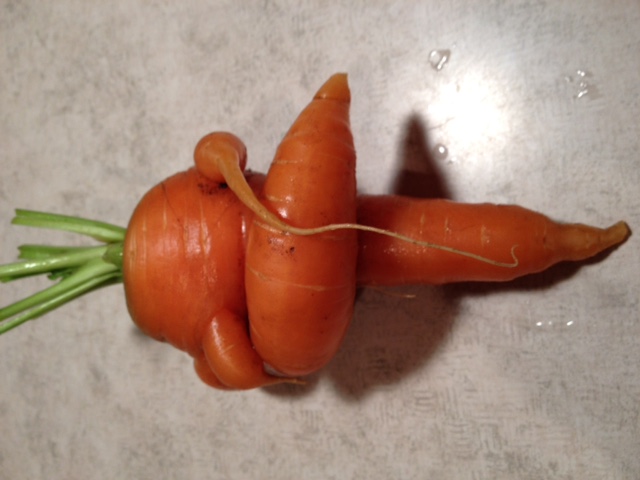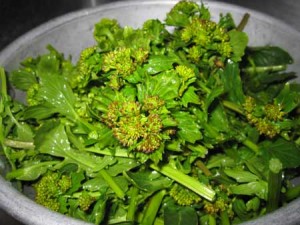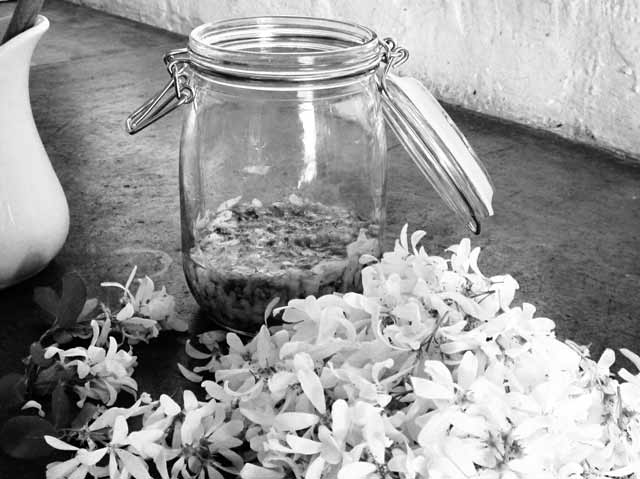I am working on making peace with weeds, especially the edible ones. All of the weeds have an important job. Probably the most important is clothing the soil (soil doesn’t like to be naked)! Weeds move in to disturbed areas, like our open gardens, and set up camp.
This spring I have been playing with ways to cook and dress up pig weed (wild amaranth). It is a super easy plant to grow, it comes up everywhere without encouragement. It also pulls out of the ground without too much tugging, especially when it is young and the soil is loose, and in my garden there is an abundance of these plants!
Pigweed has so many great characteristics. It draws nutrients up from down deep in the soil, bringing nutrition to the plants that come up next. It shades the soil and helps keep it moist. It doesn’t seem to have pests, the leaf miners leave it alone, no worms on the leaves, no aphids, the deer don’t even seem to eat it.
Most important it is delicious. It tastes similar to spinach. I like it cooked better then raw, although the tiny seedlings can be used as micro greens!
The stems are my favorite part, especially when they get longer and fatter, but before they get tough. Pan-fried in a little olive oil and seasoned with salt, they were reminiscent of asparagus. Chopped stems can be steamed like green beans. But the bulk of the greens are wonderful quickly stir fried until bright green and tender, they taste fresh and retain a little crunchy texture, or braised until they soften into a creamy mouth full of joy.
Simply top with butter or olive oil, maybe a splash of vinegar. Serve them with a bit of sesame oil and soy sauce, or as I did last night, pour on a glaze of walnut oil and top with toasted walnuts.
You can dress it up with bacon or any pork product to add a layer of flavor. Our friend Roong said it is a familiar green from his home in Thailand, he braised some for us with a bit of bacon and onions. And when Gary Nabhan was here he cooked up the greens with some spices and used them to fill empanadas for dinner.
Yep, these weeds are turning in to one of my favorite garden foods, free, abundant, and delicious!
